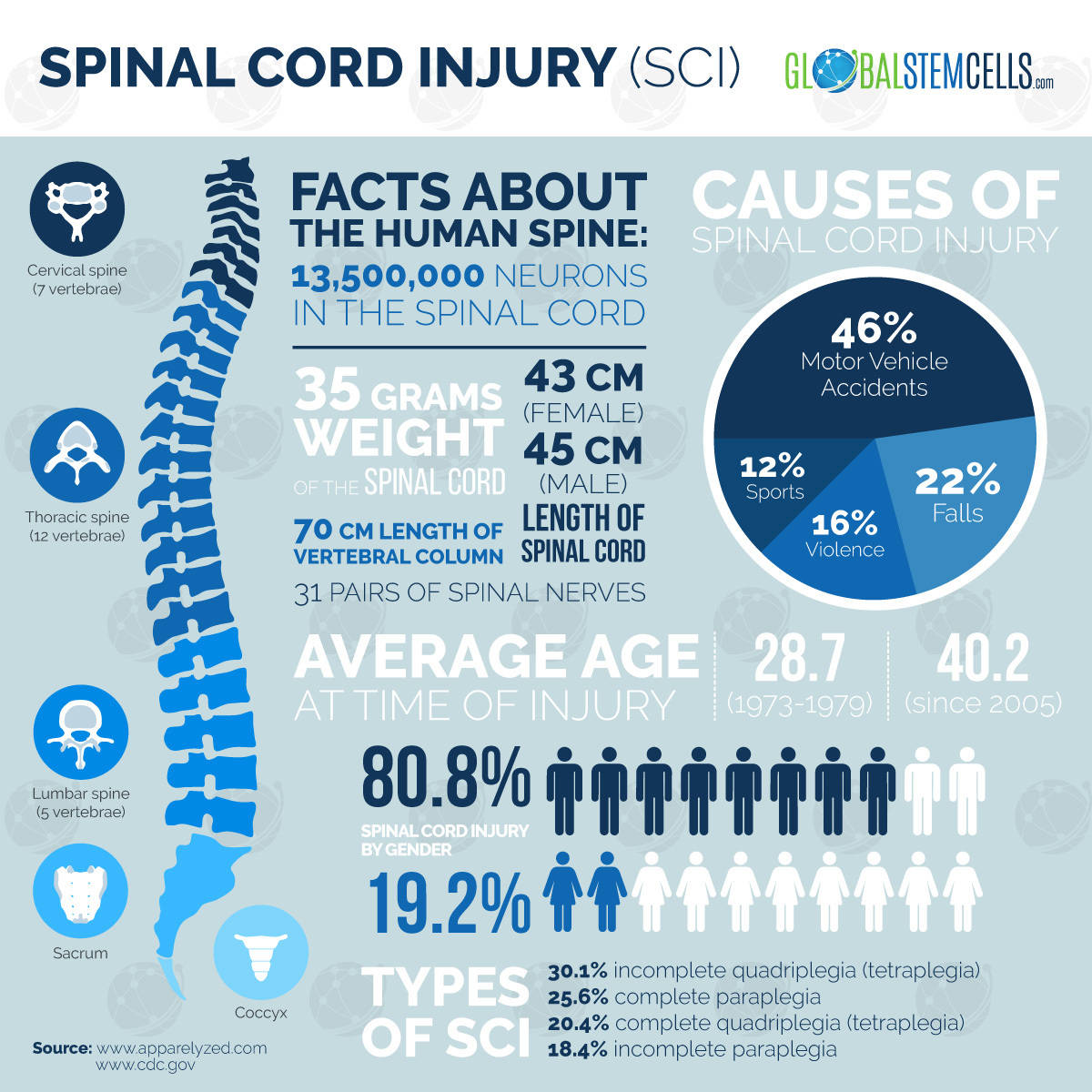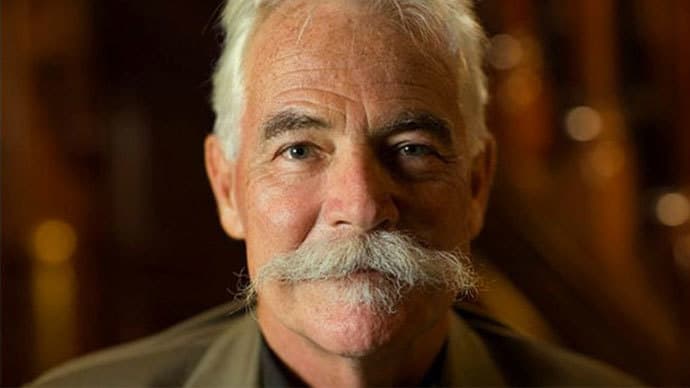Australian bio-molecular scientist, Professor Alan Mackay-Sim who has had a lifelong interest in the regeneration and repair of the nervous system, has just been recognised as Australian of the Year. Professor Mackay-Sim earned this accolade following his pioneering work in using stem cells to treat a quadriplegic man. Professor Mackay-Sim and his team succeeded in implanting nose cells into the damaged spinal cord of former firefighter Darek Fidyka. Mr Fidyka subsequently regained muscle control and feeling in the region beneath where he had been stabbed.
Pioneering Stem Cell Research
His research had implications not only for Australians suffering from Spinal Cord Injuries but for patients everywhere so afflicted. Professor Alan Mackay-Sim, also a global authority on nasal cell biology, has equally been at the forefront in using stem cells in the investigation of brain disorders and Parkinson’s disease.
Most Spinal Cord Injuries are caused by trauma or damage to the spinal cord. The resultant impaired function translates to considerably reduced mobility and loss of sensation. A small but significant number of these injuries are caused by disease.
Understanding Spinal Cord Injuries
Broadly speaking Spinal Cord Injuries fall into two major categories: incomplete and complete.
An incomplete injury to the spine means some motor function is retained below the level of the injury. With appropriate and sustained rehabilitation one can make do with crutches and still retain a measure of independence.

The extensive nerve damage that results from a complete spinal injury effectively obstructs all signals from the brain to those parts of the body located below the injury. Paraplegia (paralysis of the legs and lower body) and its more severe cousin quadriplegia (paralysis of all four limbs) result from complete spinal injuries. Loss of mobility when one has spent his or her life moving about unaided can be devastating. Apart from the obvious inconvenience in performing even the simplest of tasks the spectre of depression looms ever large. The spinal cord does not have the ability to initiate self-repairs unlike most other parts of the body.
More information about how stem cells can be effective in treating spinal cord injuries can be found here and please feel free to contact us if you have any questions.
H/T: 9News




 English
English